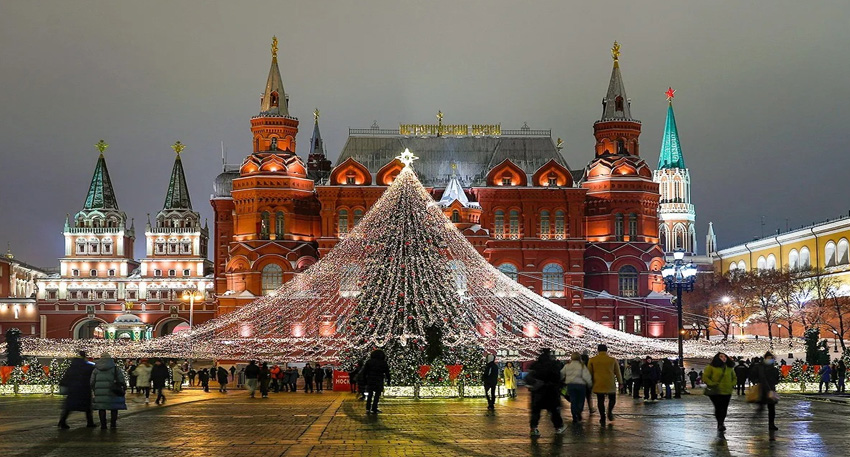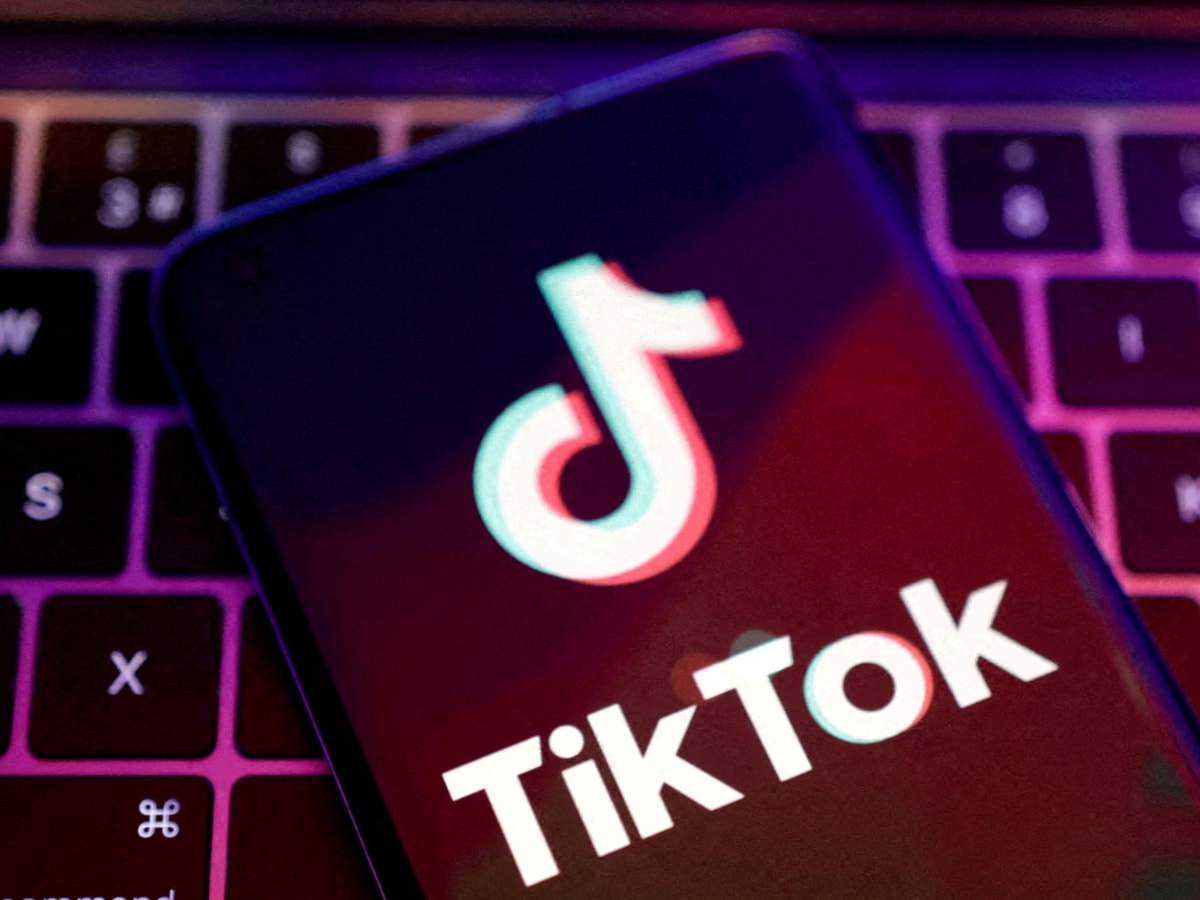
The focus will be on harnessing indigenous solutions in artificial intelligence, machine learning, hypersonic technology, and robotics to bolster capabilities.
The Indian army aims to streamline procurement procedures to reduce timelines and align with the technology curve, enabling faster acquisition of critical assets.
The army will focus on developing a shared understanding of operational requirements and joint operational capabilities through inter-service cooperation and training.
It will undertake a comprehensive review of legacy practices and structures to enhance operational efficiency and facilitate combined arms operations in a multi-domain environment.
The Indian Army has outlined a blueprint for 2025 reforms, focusing on jointness, modernization, and technology infusion to create a more agile and combat-ready military, but faces challenges in implementation, cybersecurity, and budgetary constraints.
The success of these reforms depends on effective implementation, which can be hindered by bureaucratic delays like last day statement of IAF chief in Tejas vase, resistance to change, corruption, resource constraints.
The increased focus on technology and digitalization may expose the army to cybersecurity risks, which need to be addressed through robust security measures.
The integration of different services and agencies may require significant cultural and operational changes, which can be difficult to achieve by army Janta in India.
The army s modernization plans may be limited by budgetary constraints, which could impact the pace and scope of reforms.
Its ability to respond to regional security challenges, likely to be impacted by the pace and effectiveness of these reforms.




